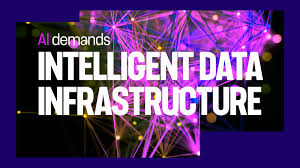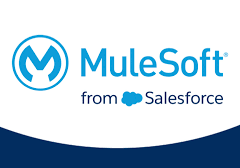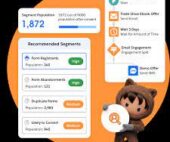Why the AI Era Demands an Intelligent Data Infrastructure
NetApp aims to bridge the gap between cloud-based AI models and on-premises data management systems, addressing a major challenge many organizations face as they explore emerging AI capabilities, such as generative AI. AI Era Demands an Intelligent Data Infrastructure.
While the most advanced AI tools often reside in hyperscale clouds, the key data of most organizations remains on-premises. As companies move from AI experimentation to scaling their initiatives, they face the complex task of closing the divide between their data and AI.
At first glance, the solution seems simple: Organizations can integrate their proprietary data with cloud-based AI services to enhance large language models (LLMs) and other AI tools, leveraging their industry-specific expertise to generate unique insights and drive value. In fact, a recent Enterprise Strategy Group (ESG) survey found that 84% of respondents believed incorporating enterprise data was critical to supporting their generative AI efforts.
However, achieving this at scale is far more difficult than it appears. Many organizations are reluctant to send their valuable data to public clouds due to concerns about security, such as exposing sensitive intellectual property or personal information. Additionally, managing the process of transferring large datasets, creating data copies, updating models with fresh data, and keeping track of everything over time adds cost and complexity.
Beyond these logistical issues, many organizations struggle with a fundamental challenge: poor data management. Rapid data growth, fragmentation, and a lack of understanding of their own data forces business users and data scientists to spend excessive time “data wrangling”—the process of identifying, gathering, and preparing data for AI models. This inefficiency delays training and deploying models, pushing back the point of inference, which is the key to unlocking value from AI. Increased latency also raises the risk that inferencing is based on outdated data, leading to repeated cycles and further inefficiency.
This challenge has made data management a critical obstacle in AI adoption. ESG research identified poor data quality as the top challenge organizations face when implementing AI. Inadequate data is rapidly becoming a roadblock that hampers AI initiatives across industries.
To address these challenges, NetApp has shifted its focus toward building an “intelligent data infrastructure” for the AI era. At the company’s Insight 2024 conference, NetApp outlined a strategy to support AI success by bridging the gap between cloud-based AI models and on-premises data environments. The company’s vision includes simplifying, automating, and mitigating risks in the data management workflow needed to scale AI in the enterprise.
NetApp’s approach includes innovations like a global metadata namespace and enhancements to its OnTap software, which enable exploration, classification, and management of data across the NetApp ecosystem. These capabilities integrate directly into AI data pipelines, enabling scalable searches and retrieval-augmented generation inferencing. Additionally, NetApp’s new “disaggregated” storage architecture will support more cost-effective scaling for compute-heavy AI tasks such as model training.
NetApp’s strategy also extends to the public cloud, where it already has strong partnerships with all three hyperscalers, offering NetApp services as first-party options in their clouds. The company is expanding this by developing additional cloud-native capabilities for AI, such as integrating Azure NetApp Files with Microsoft Azure AI services, FSx for NetApp OnTap with Amazon Bedrock, and Google Cloud NetApp Volumes with Google Vertex AI and BigQuery.
These integrations will allow organizations to securely enrich public cloud-based AI models with their on-premises data, creating a scalable and secure environment for AI development. While some aspects of NetApp’s strategy will be delivered over the next year, many cloud integrations will be available sooner. NetApp is also building a partner ecosystem, including hardware partners like Lenovo and Nvidia, software ISVs, and service providers like Domino Data Labs, in addition to its cloud alliances.
With this vision for intelligent data infrastructure, NetApp is positioning itself as a key enabler of AI-driven innovation, and it will be intriguing to watch how this strategy unfolds in the coming months.













